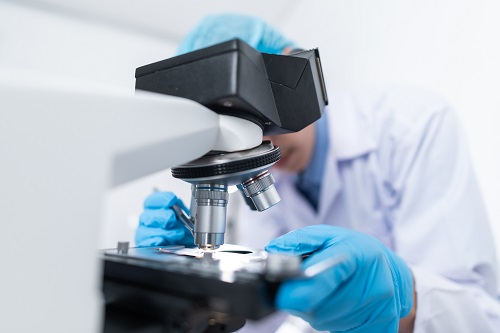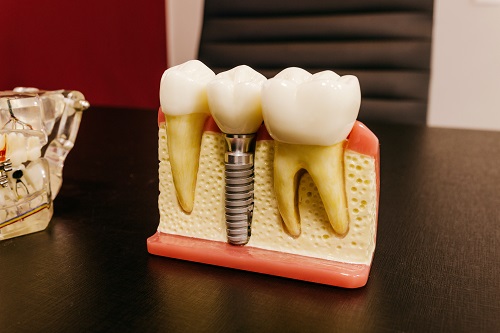Post-Market Clinical Follow-Up (PMCF) Studies for Medical Device Manufacturers
While post-market clinical follow-up (PMCF) played a part in the MDD (Directive 93/42/EEC), the updated Medical Device Regulation (MDR, 2017/745) introduced stricter rules for post-market surveillance, including post-market clinical follow-up.
The increase in clinical data requirements and the need for a proactive post-market surveillance system have left many medical device manufacturers unsure of how to plan and execute compliant PMCF programs.
This article reviews the current requirements for PMCF studies. We also look at the benefits of PMCF and provide a guide if and when you need them.
In Vitro Diagnostic devices
The equivalent of post-market clinical follow-up for in vitro diagnostic devices (IVDs) is post-market performance follow-up (PMPF).
The In Vitro Diagnostics Regulation (IVDR, 2017/746) introduces this new concept for IVDs, as post-market clinical follow-up had previously only applied to medical devices.
While this article does not cover PMPF specifically, the purpose of PMPF and most of the concepts involved are similar to post-market clinical follow-up for medical devices.

What is the post-market clinical follow-up (PMCF) for medical device manufacturers?
PMCF is a critical part of post-market surveillance activities for most medical device manufacturers.
Part B of Annex XIV of the Medical Device Regulation describes the aims of post-market follow-up:
- Confirm the safety and performance of your device throughout its lifetime
- Identify previously unknown side effects and monitor identified side effects and contraindications
- Identify and analyze emergent risks based on factual post-market evidence
- Ensure continued acceptability of the benefit-risk profile
- Identify possible systematic misuse or off-label use to verify that the established intended purpose is correct
PMCF is a more rigid process than other post-market surveillance activities, as PMCF requires compliance to already established outcomes and acceptance criteria.
It must be carefully designed and planned, and tailored to a specific device history and usage.

The main focus of PMCF is typically on specific performance or safety features, which can be laid out in the clinical evaluation report, risk management, or other post-market surveillance data.
The MDR requires two types of methods for gathering post-market clinical follow-up data.
General methods
General methods for gathering post-market clinical follow-up data are methods that produce datasets that are not clinically sound enough to document safety and clinical performance for continued market approval on their own.
Data sources are typically not scientifically valid, as they are subjective, and the data quality can be questionable.

These methods include gathering clinical experience gained (from physicians, for example), feedback from users and patients, screening of scientific literature, and other sources of clinical data.
“Other clinical data sources” are not defined in the Medical Device Regulation (MDR), nor the Medical Device Coordinators Group (MDGC) guidelines but could, for example, include literature on similar or equivalent medical devices.
Specific methods
Specific methods for gathering post-market clinical follow-up data are methods that produce datasets that are clinically sound enough to demonstrate safety and clinical performance.
Specific methods usually allow access to raw data and cases where the medical device is applied in practice and can be directly observed.
Sources of data are objective and scientifically valid.
These methods include PMCF studies, interventional and non-interventional clinical investigations, data evaluation from relevant registries, case cohorts, and other subject-specific clinical data collection activities.

Obviously, the main benefit of post-market clinical follow-up for your medical device is compliance with the medical device regulation.
Without it, your device will not be left on the market for long.
However, there are other benefits to performing PMCF studies, and they can create good value for your company.
Gain the Competitive Advantage
Medical device development is expensive, and you want your device to have a competitive advantage over other devices for as long as possible.
To do that, you need to clearly understand how your device performs in the market, if there is any off-label use and its effectiveness in different scenarios.
You also need to improve user information, make improvements to your device where required, update settings, and discover potential new indications for use.
PMCF studies can help you do that.

Improve your Business Case
Even though you obtain a CE mark, there can still be scepticism about your product’s clinical and/or economic benefits, damaging your turnover and pricing.
Making a successful business case that your medical device compares equally (or better!) performance-wise to other medical devices on the market can significantly improve the sales and reputation of your device.
The information gathered during PMCF can also be used to negotiate with potential buyers.
Connect with your Users and Patients
The goal of any medical device is to improve patient health. You can connect with your users and patients through surveys, focus groups, and social media and understand what they are looking for and their issues.
It allows you to understand and help the people who use your medical device daily.
Which devices require PMCF studies? And when?
Generally, higher-risk or novel devices require post-market clinical follow-up.

To determine whether your medical device requires PMCF studies, you should consider the following:
- Do you have clinical evidence for each indication of your device?
- Does the device include innovation in its design, materials, substance, medical condition, treated disease, or operation principles?
- Is your medical device used for high-risk populations or clinical procedures, or is it high-risk considering the medical condition it is used for?
- If yes, do you have enough clinical evidence to support the use of your medical device in the population, procedure, etc.?
- Is your medical device used in a high-risk anatomical location?
- Is your device a novel device?
If you can answer yes to any of these questions, you will need to conduct post-market clinical follow-up studies.
Likewise, if your medical device is a legacy device with limited clinical data or you can no longer leverage equivalent device data, you will likely need PMCF studies.
Lastly, any gaps in clinical data require PMCF studies.
If you do not need PMCF studies, you will need to include a rationale as to why in your technical documentation.
